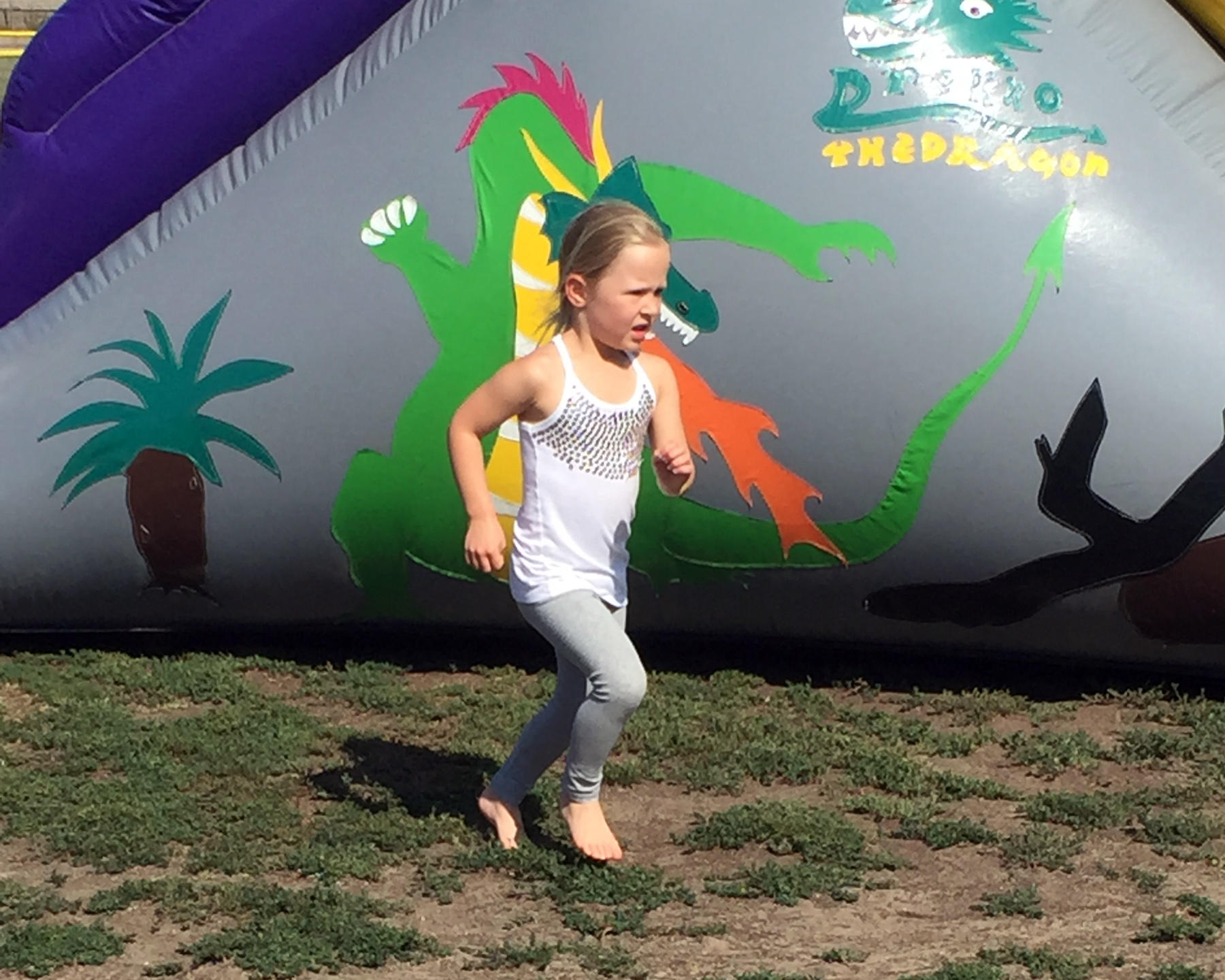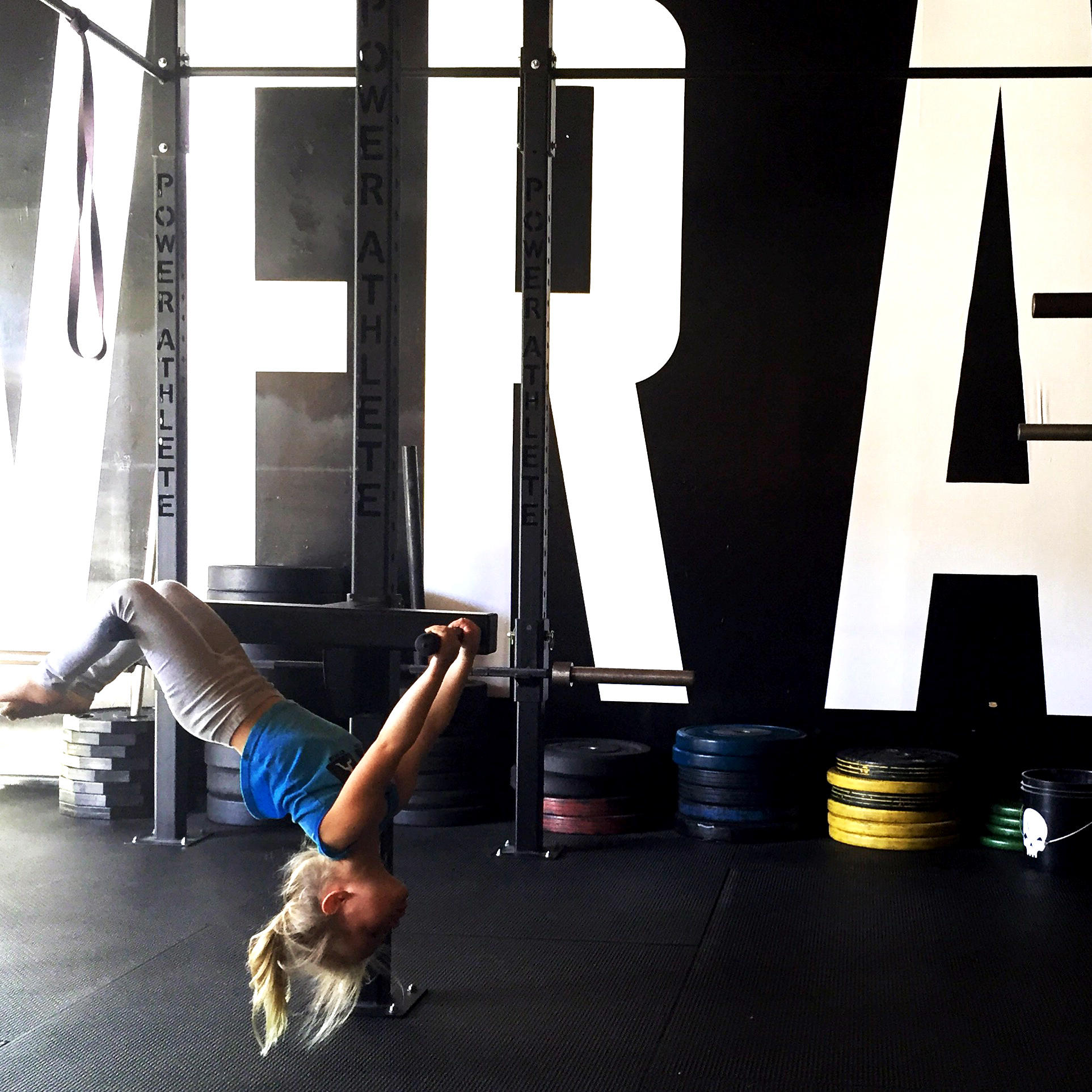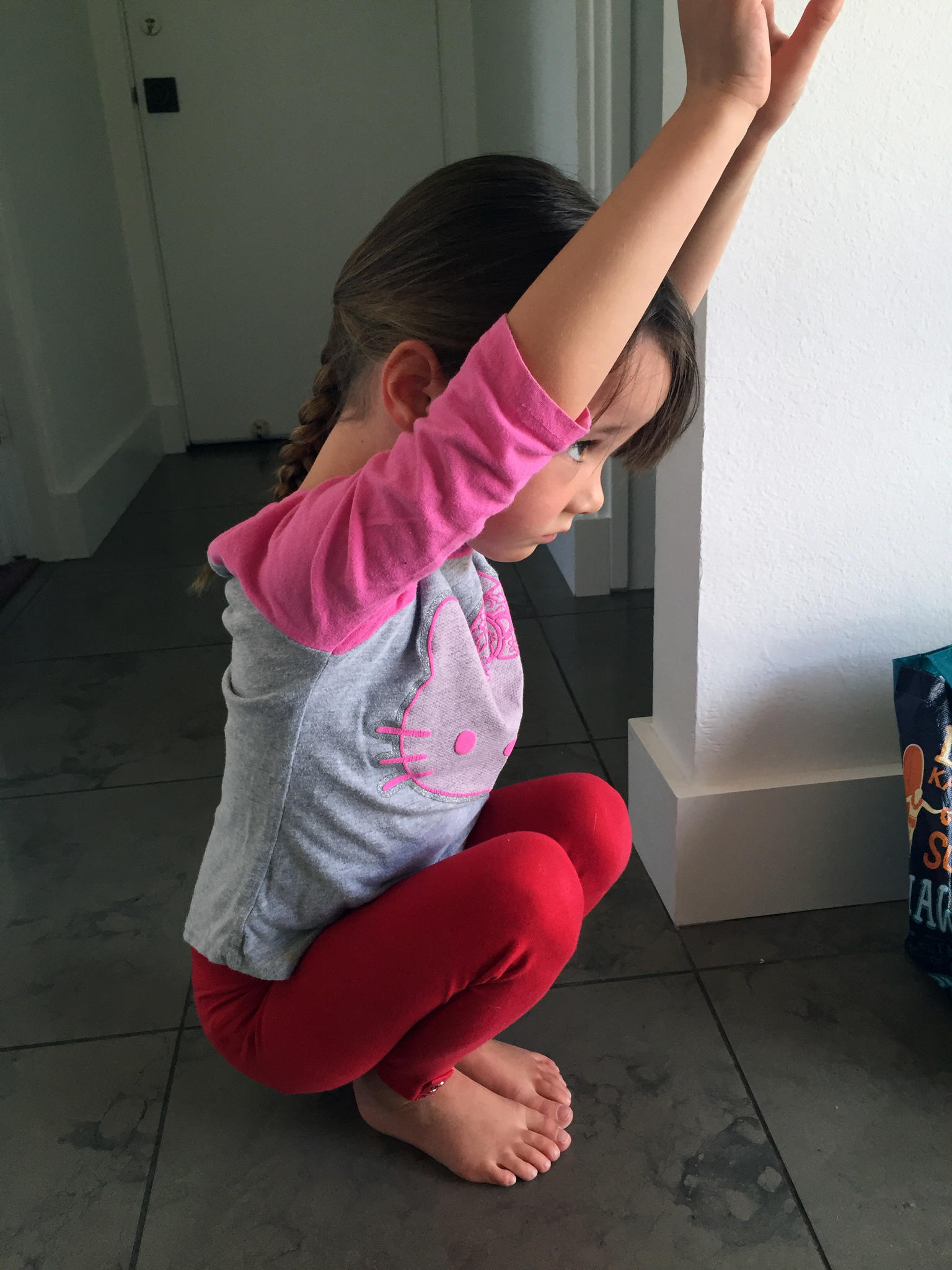Good Morning,
I have an 11 year old son who plays tackle football, as well as other sports. In looking at all of your training programs, I notice that “Bedrock” seems to imply that high school freshman is the starting point.
I am curious if you have a thought/philosophy on the appropriateness of having someone that young begin a program, or if simply playing and playing sports at that age is enough.
Thanks,
Craig

New information appears daily on why training is vital. That said, my stance regarding strength training for adolescents hasn’t changed. But first, let’s look at the big picture, as what drives developing athleticism also drives developing a successful kid.
This isn’t the first time I’ve tackled this question. Back in 2010, I wrote about Strength Training for Young Athletes to answer a mother‘s question regarding a group of 11-12 year olds. In that piece I pulled information from the article, “Strength Training by Children and Adolescents” published in Pediatrics.
Multiple studies have shown that strength training, with proper technique and strict supervision, can increased strength in preadolescent sand adolescents…In preadolescents, and proper resistance training can enhance strength without concomitant muscle hypertrophy. Such gains in strength can be attributed to a neurologic mechanism whereby training increases the number of motor neurons that are ‘recruited’ to fire with each muscle contraction. This mechanism accounts for the increase in strength in populations with low androgen concentrations, including female individuals and preadolescent boys. In contrast, strength training augments the muscle growth that normally occurs with puberty in boys and girls by actual muscle hypertrophy.
This becomes even more important in light of the last 6 years. Today’s kids are so inactive, development is stunted on a scale never seen before.
Recently, The Washington Post posted their article “Let’s face it, keeping children sedentary for the most of their waking hours is causing harm” – the article reported that, over a 4 year period in New York City, occupational therapy rose by 30 percent!
Yes, you read that correctly, occupational therapy – as in, that system those recuperating from physical or mental illness use to rehabilitate through performing daily activities. Basically, kids are being entered into state supervised programs to teach them to move.

The article also cites research regarding kids’ vestibular system. Rapid and changing movements shift the fluid around their inner ear to manage balance. Over time, the body adapts, and viola, balance is developed. In addition, the Vestibular system controls body awareness, focus, and emotional regulation, so it would behoove you to ensure this system is developed early and often since it drives the gamut – athletic development AND classroom performance.
The Power Athlete Training System is based on this definition of athleticism:
The ability to seamlessly and effortlessly combine primal movement patterns through space to accomplish a known or novel task.
Athleticism requires the ability to move along sagittal, transverse and frontal planes in all orientations. Developing this ability starts at a young age. Thus, denying kids the opportunity to play not only impedes their development, but creates a deficit they might never overcome.
Let’s also discuss danger as a concept. Kids need to learn boundaries – both personal and situational. The only way they’ll know how far to push the envelope is by actually pushing said envelope too far and getting hurt.
I know, I know. Our first instinct as parents is to prevent scrapes and bruises by shielding our kids from the brutal world.
Can we prepare our kids for failure if we never let them actually fail?
Nope.
We need to let kids (and adults) climb trees, roll down hills, hang upside down, and play outside the confines of prepared environments. Doing so helps kids develop athletic problem solving skills, while continuing helps maintain these skills with age.
During our family Thanksgiving trip, I observed two things that are pertinent.
First, at the airport, my 5-year-old daughter asks to go the restroom. I was holding my 8-month-old son so I asked my mom to take her. My mom yells “Come on!” and breaks into a jog, to which my daughter yells “Let’s race, grandma!”
My mom had a good lead but my daughter broke away about 20 yards out as they reached the restroom. How many almost-80 year olds would even try that? Not many.
Second, my brother, 11 year old nephew, his three buddies, and I were talking about if they were old enough to do things on their own.
When my brother was 12 and I was 9, we rode our bikes from our home in Palos Verdes to LAX in El Segundo, roughly 15 miles. We left at 9 AM one summer morning, rode along the beach, cut up to Pacific Coast Highway and rode through the Sepulveda Tunnel to arrive at LAX arrivals terminal. No helmets, no water, cell phones, or money to make a call if we got into trouble. Just my brother, two friends, and 30 miles of bike riding on kid’s BMX bikes.
My nephew and his friends stared in total shock. I had to tell them about that faraway time before the Internet, cell phones, and over parenting when, after school, we’d grab our bikes and play till dark, and in the summer, we went to the beach in the morning and came home in the afternoon.
Each day was an adventure of learning by doing and exploring.
Then in the early 2000’s, Helicopter parents came to be. They hovered constantly, swooping in like Hasselhoff in Baywatch to rescue their delicate flowers at the first sign of trouble. Interestingly, this generation of parents produced the first wave of Millennials now entering young adulthood.
Back to strength training for kids, I have no problem introducing compound movements to create primal proficiency at any age.

I teach my 5 year old daughters to squat, lunge, skip, and crawl daily via games and amusedly watch these skills evolve into their own games.They go to gymnastics a few times a week, swim and bounce on a trapoline every free moment they get. All of this helps to foster the aforementioned athletic problem solving that is so fundamental to mental, emotional, and physical growth.
But when you do take it from free form and to a more structured program?
I’d say around 14 years old. They should have the physical and mental maturity for a structured strength and conditioning program designed to maximize their young CNS and budding androgen profile. While some kids might be ready earlier, freshman year on average is a great time to start.
Before then, let kids play and act like kids did in the 70s, 80s, and 90s.
Even before considering S&C programming, your mission is to raise a child to be successful and productive, who can solve their own problems and, as a parent someday, pass along your teachings. Part of that process requires letting your kids wander outside their comfort zones and make mistakes.
Not so coincidentally, this is also the recipe for athletic development. While not promising an Olympic medal if you let them stand on the swing in the rain (at night), toughening them with the fail-to-learn mindset is a great start. Without that grit, even the most world class programming won’t be effective.
No one evolves and grows when coddled. Growth only happens in the face of adversity.
Best of luck and let me know how things go.
John
Thanks. This is great. And helpful. Appreciate the time.
[…] When To Introduce Strength Training To Kids […]
Right before giving her a hug and kiss goodbye, I’ve been spinning, flipping, inverting, and tossing my girl on the days I take her to school to (hopefully) get her vestibular system firing. Not sure this is science-based but the look of horror on the other parents’ faces is totally worth it.